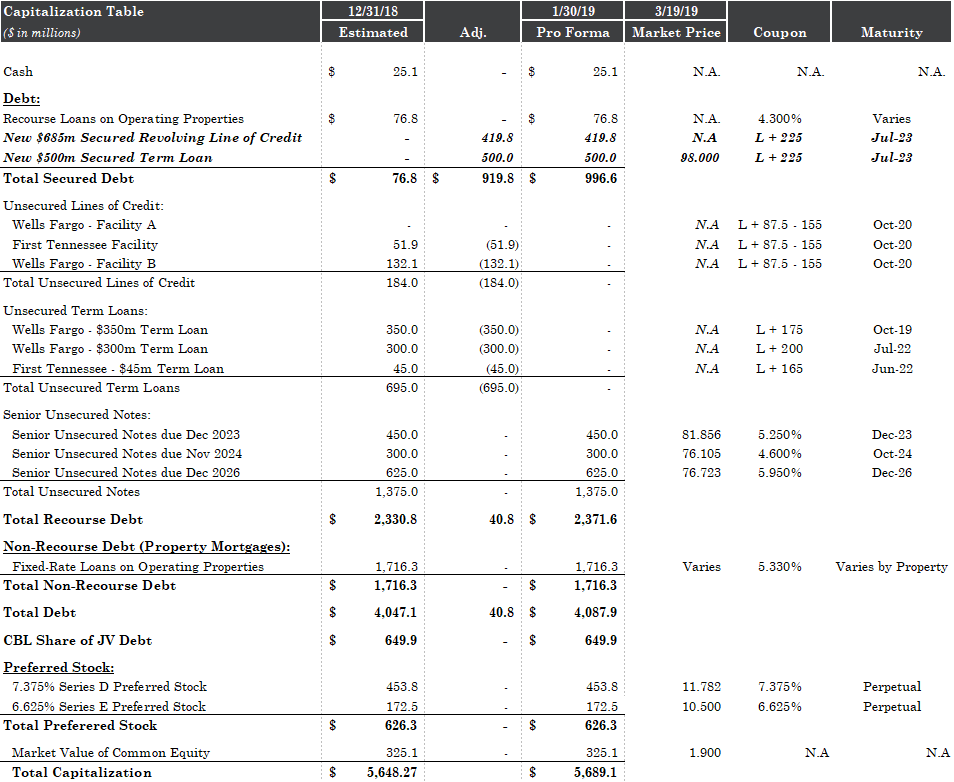⛓What We're Reading: Week of October 13, 2019 (5 Reads)⛓
1. Automation (Long Andrew Yang?). A new report from the Federal Reserve Bank of San Francisco highlights the dangers of automation to the American worker:
The portion of national income that goes to workers, known as the labor share, has fallen substantially over the past 20 years. Even with strong employment growth in recent years, the labor share has remained at historically low levels. Automation has been an important driving factor. While it has increased labor productivity, the threat of automation has also weakened workers’ bargaining power in wage negotiations and led to stagnant wage growth. Analysis suggests that automation contributed substantially to the decline in the labor share.
2. Experiences (Long the “Data is the New Oil” Narrative). In response to “🎯Experiences Galore: Dave & Buster’s Complains of Cannibalization (Short Arcades)🎯,” one loyal PETITION reader sent us this piece, wherein Bloomberg describes how Steve Cohen’s Point72 analyzed geo-location data linked to (allegedly) anonymous credit card information to determine that there’s a direct negative correlation between Topgolf and Dave & Buster’s Entertainment Inc. ($PLAY). They noted “when customers went to entertainment venue Topgolf for the first time, their spending at a nearby Dave & Buster’s went down immediately….” The fund shorted PLAY as a result. Similarly, it used data to determine that alternative diets, i.e., Keto, were taking a bite out of Weight Watchers’ ($WW) business.
Topgolf, meanwhile, seems poised to IPO in 2020…maybe. We’ll see what the IPO markets are like in the wake of WeWork. Per Pitchbook, “[i]t’s unclear if the company is currently profitable.” 🤔
3. Malls (Long the “Over-Malled” Theme). This is a bit older, but here, Garrick Brown, Vice-President of Retail Intelligence at Cushman & Wakefield has some interesting numbers about malls:
I just finished crunching mall tenant sales per square foot data and the news may surprise some of you. Trophy malls (those with sales of $900 psf or more) currently average $1,257 psf. This has increased by 16.7% over the last three years. Class A malls ($600 - $900 psf) now average $714 psf and have increased 9.3% over the past three years. Class B malls ($300 - $600 psf) now average $402. This has fallen 1% since 2016. However if you exclude 18 centers that invested in significant upgrades the decline overall would have been -7.8%. Class C (-$300 psf) now average $213 and have seen a 13.7% decline over the past three years. Bifurcation is real. Strong getting stronger. Weak getting weaker. Quality wins.
Now, we would love to see how, even in the A malls, that average has changed over the last three years. We’d have to think that, even there, the trends are declining somewhat. Also, this was pre-Forever 21 filing for bankruptcy so the effects of that won’t flow through these numbers for some time.
4. Restaurants (Short Franchisees). Franchisee debt levels are starting to cause concern. Per Restaurant Business:
Franchise systems like McDonald’s, Wendy’s, Burger King, Jack in the Box and many others have been selling corporate stores to franchisees, relying on operators to provide the capital needed to fund remodels and build new units.
Lenders have been eager to make loans to these operators. And franchise systems have taken advantage of this availability of capital to fuel remodel programs.
As a result, debt levels have soared for franchisees. In a note this week, Bernstein Research analyst Sara Senatore noted that the leverage ratio for McDonald’s franchisees grew to 3.1 times earnings before interest, taxes, depreciation and amortization, or EBITDA, in 2018. In 2008, that ratio was just 1.3.
For Wendy’s, that ratio is even worse: 7 times EBITDA, from 5.7 in 2008.
🤔
5. Retail Ad Budgets (Long Ingenuity). Are all of those retailers who are planning on spending more on social media and marketing going to get bang for their buck? This suggests there’s reason for skepticism. Given the decrease in mall foot traffic, retailers are increasingly getting stuck between a rock (e-commerce saturation, limited ad supply, questionable tracking metrics and performance) and a hard place (brick-and-mortar leases, environmentalism).












